Looking for a fertile songwriting area? Well, if you’re an adult of a certain age, you might just have a hard time coming to grips with the way the dreams of your younger days haven’t quite been realized. Or maybe some of them have come true, but didn’t exactly lead to the satisfaction you might have expected.
Videos by American Songwriter
Many songwriters have tackled this idea, but few have done so as succinctly and evocatively as Supertramp‘s Roger Hodgson on “Take the Long Way Home.” The 1979 Top-10 U.S. single stands out for its thoughtfulness, even if the truth might hurt those for whom the story cuts a little too close to the bone.
“Home” Truths
Supertramp had scored some solid success throughout the ’70s, but not to the level where anyone was expecting a world-conquering masterpiece out of them. But that’s exactly what the five-piece band achieved on the 1979 album Breakfast in America, which spawned three singles and, perhaps fittingly considering its title, did even better in the U.S. than it did in the band’s native Great Britain.
The band tempered their progressive rock tendencies somewhat for the songs on the album. For example, on “Take the Long Way Home,” you get Hodgson’s pounding piano, Ric Davies’ bluesy harmonica, and John Helliwell’s dreamy clarinet. All of that flows seamlessly, and leaves plenty of room for Hodgson’s narrative.
Hodgson split songwriting duties throughout the album with Davies, with each man bringing their own strengths to their songs. Whereas Davies often approached matters in a straightforward, earthy manner, Hodgson tended toward more contemplative material. As he explained in an interview with Prog, the song title here wasn’t meant to be taken literally:
“Take the long way home is a metaphor for the universal journey of self-discovery. The song is a vehicle for reflection in which the sometimes disappointing realities in our grown-up lives can reflect in a not-so-positive way on the hopeful idealism of our youth.”
Behind the Lyrics of “Take the Long Way Home”
The narrator of “Take the Long Way Home” seems to be addressing a friend of his. But Hodgson is using that as a framework to address his questions directly at his listening audiences, many of whom were likely experiencing the same disconnect as the protagonist in the song.
So you think you’re a Romeo, Hodgson begins. Playing a part in a picture show. This establishes the theme running through the song that pits the artifices we construct in our lives against unbending reality. It eventually wears on you, and taking the long way home is just another method of self-deception to keep you from getting to the hard, cold truth.
The middle eight sections of the song are utilized by Hodgson to poke holes in the facade. This poor sap who’s feeling part of the scenery gets no affirmation from the one he loves most: And then your wife seems to think you’re part of the furniture / Oh, it’s peculiar, she used to be so nice.
Forever playing to the gallery, the protagonist hides himself away in fantasies that the world is a stage. But he takes it too far: But then your wife seems to think that you’re losing your sanity. As the song progresses, Hodgson suggests this reconciliation between youthful fancy and the difficult facts of maturity is necessary: Does it feel like your life’s become a catastrophe? / Oh, it has to be, for you to grow, boy.
“Take the Long Way Home” ends with the realization you can’t have it all, as our hero runs out of time before it all works out in the end. It’s not the most uplifting message, but it’s an honest one. And it’s one this Supertramp classic delivers in bittersweet yet beautiful fashion.
Photo by Richard E. Aaron/Redferns

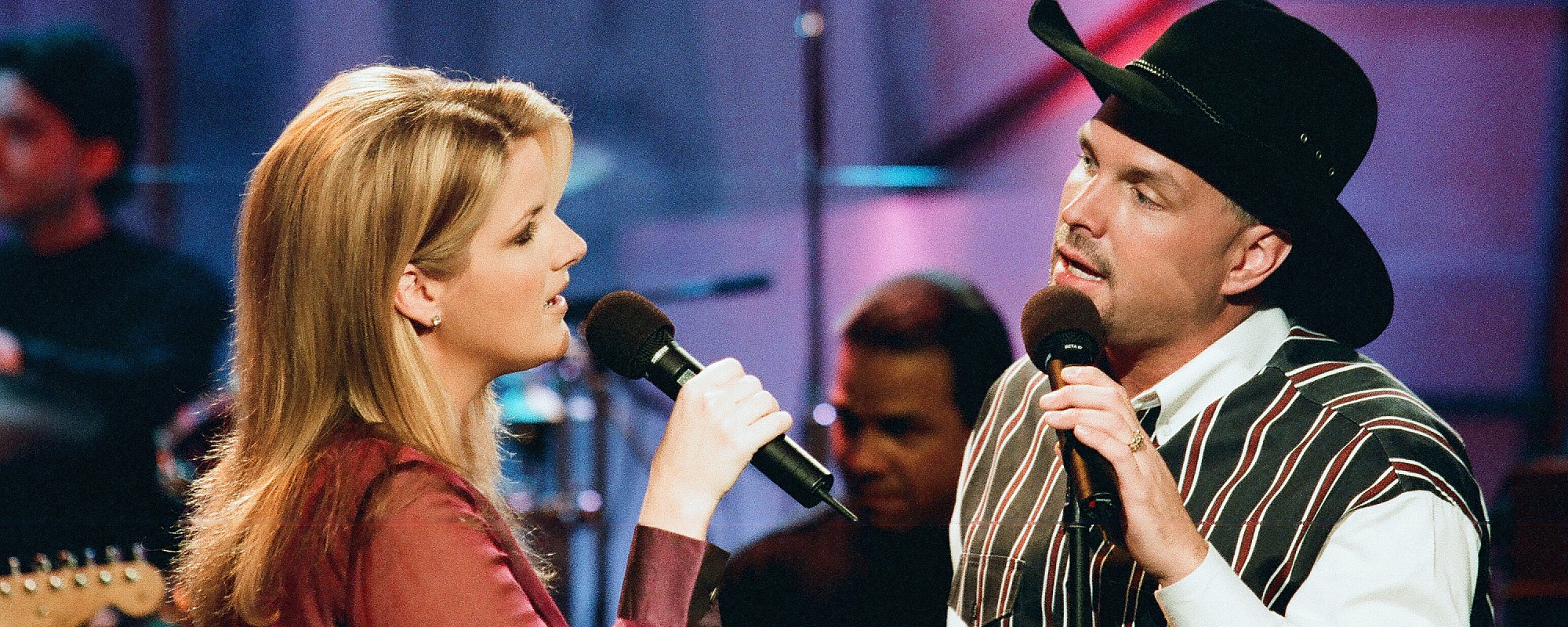
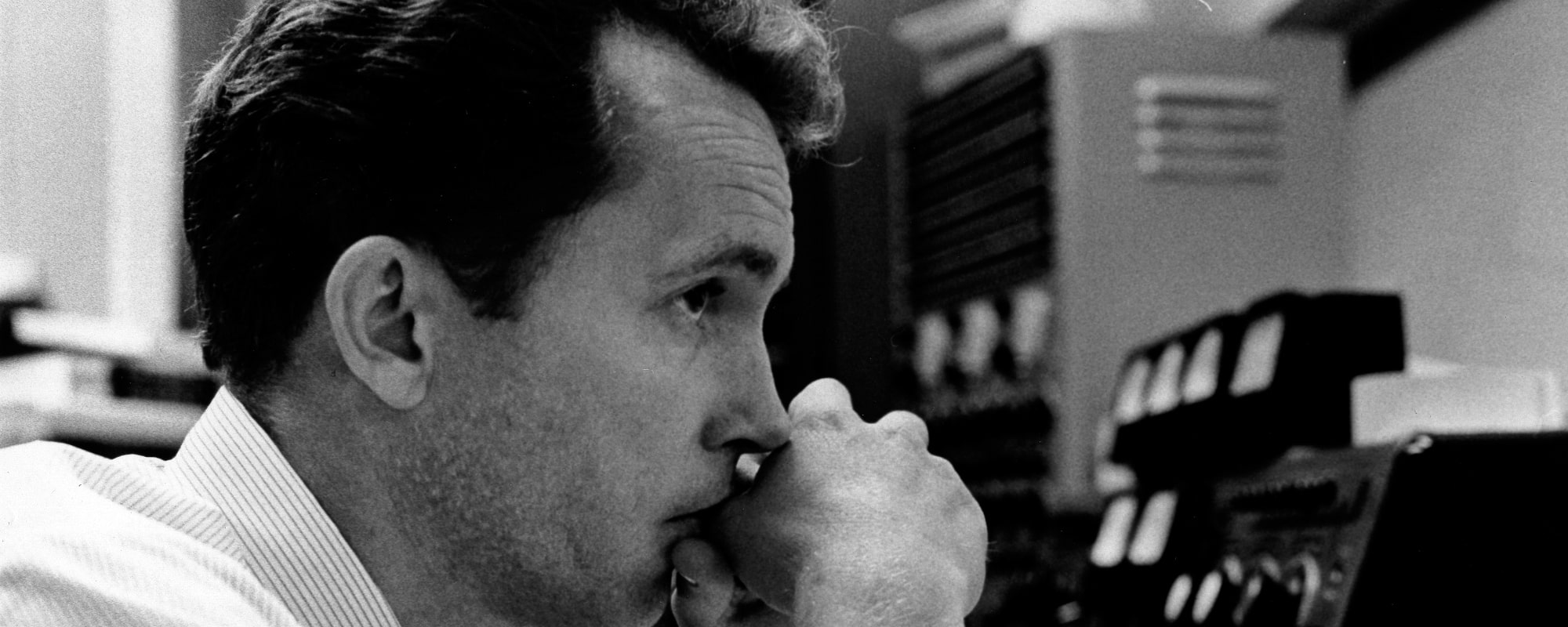



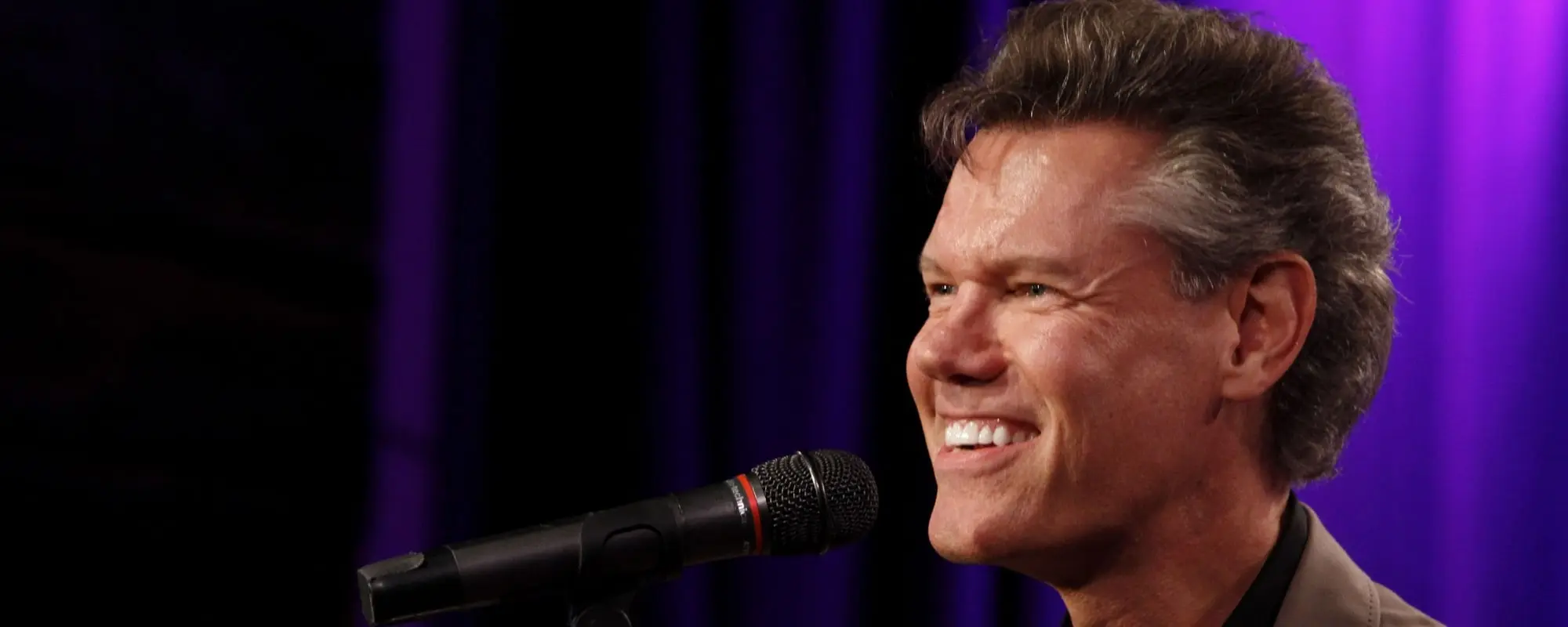



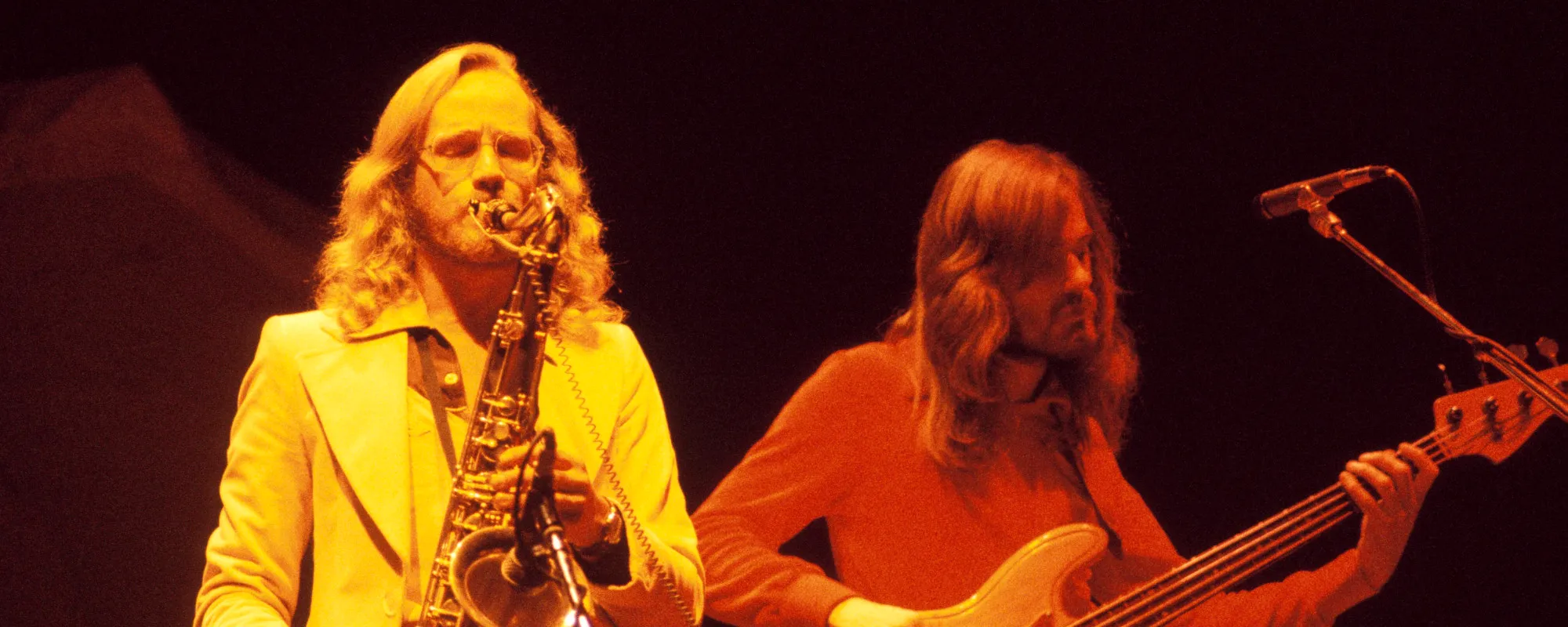
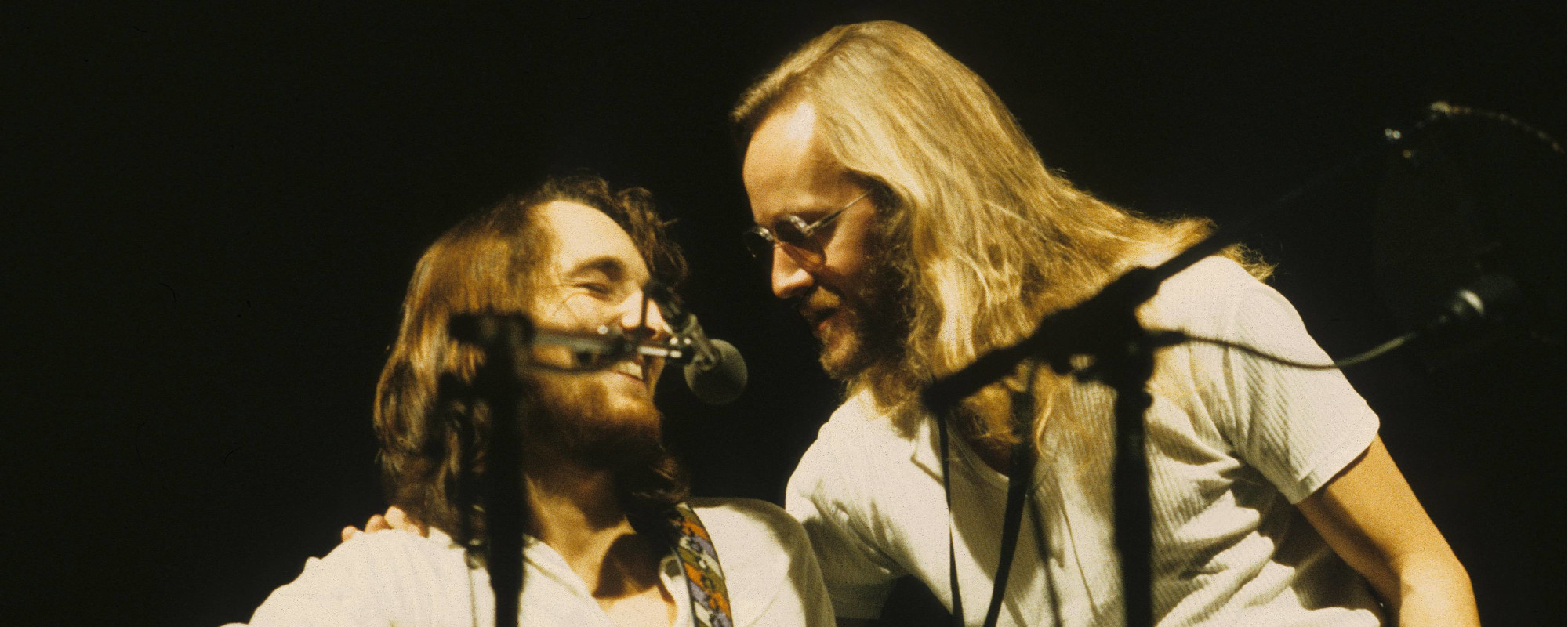
Leave a Reply
Only members can comment. Become a member. Already a member? Log in.